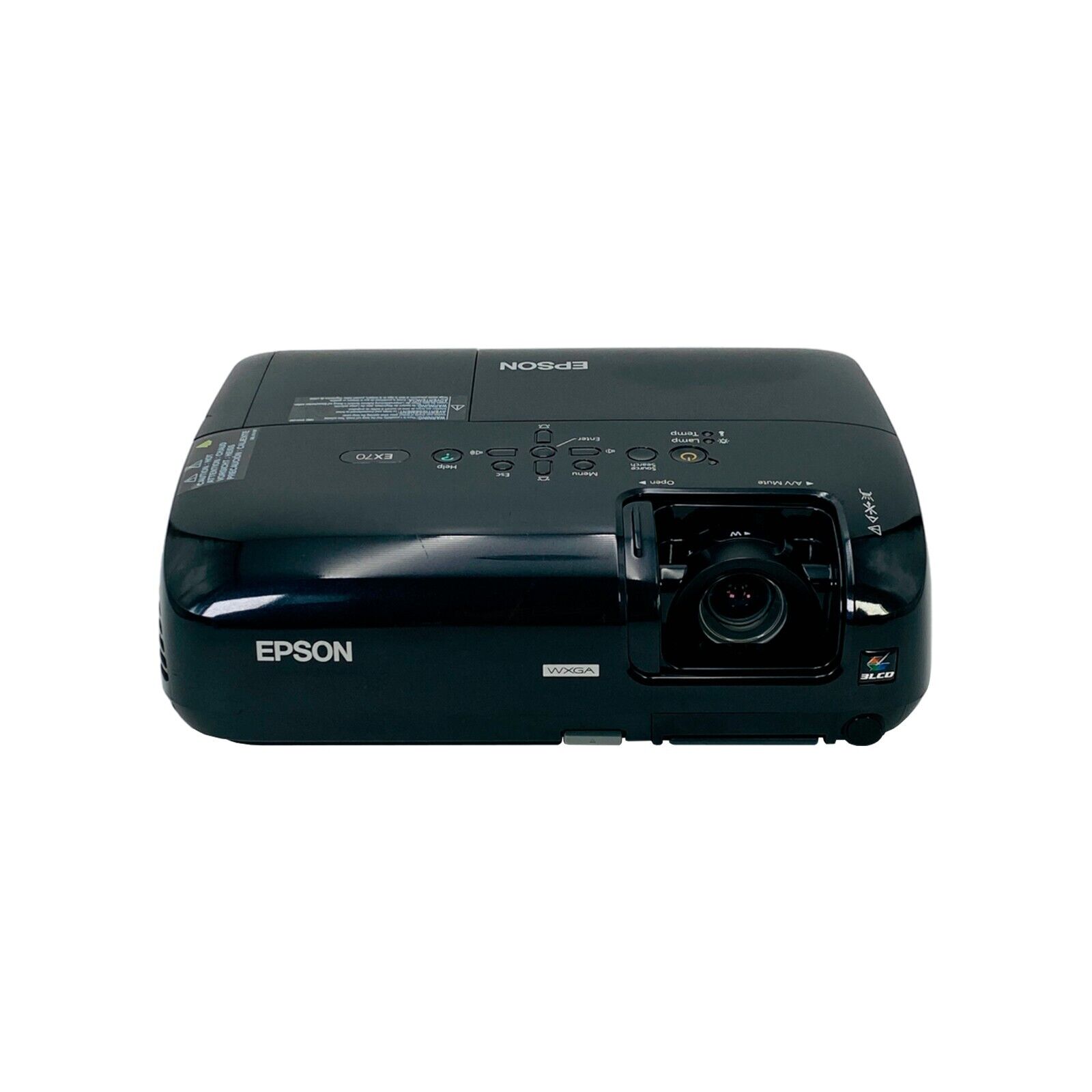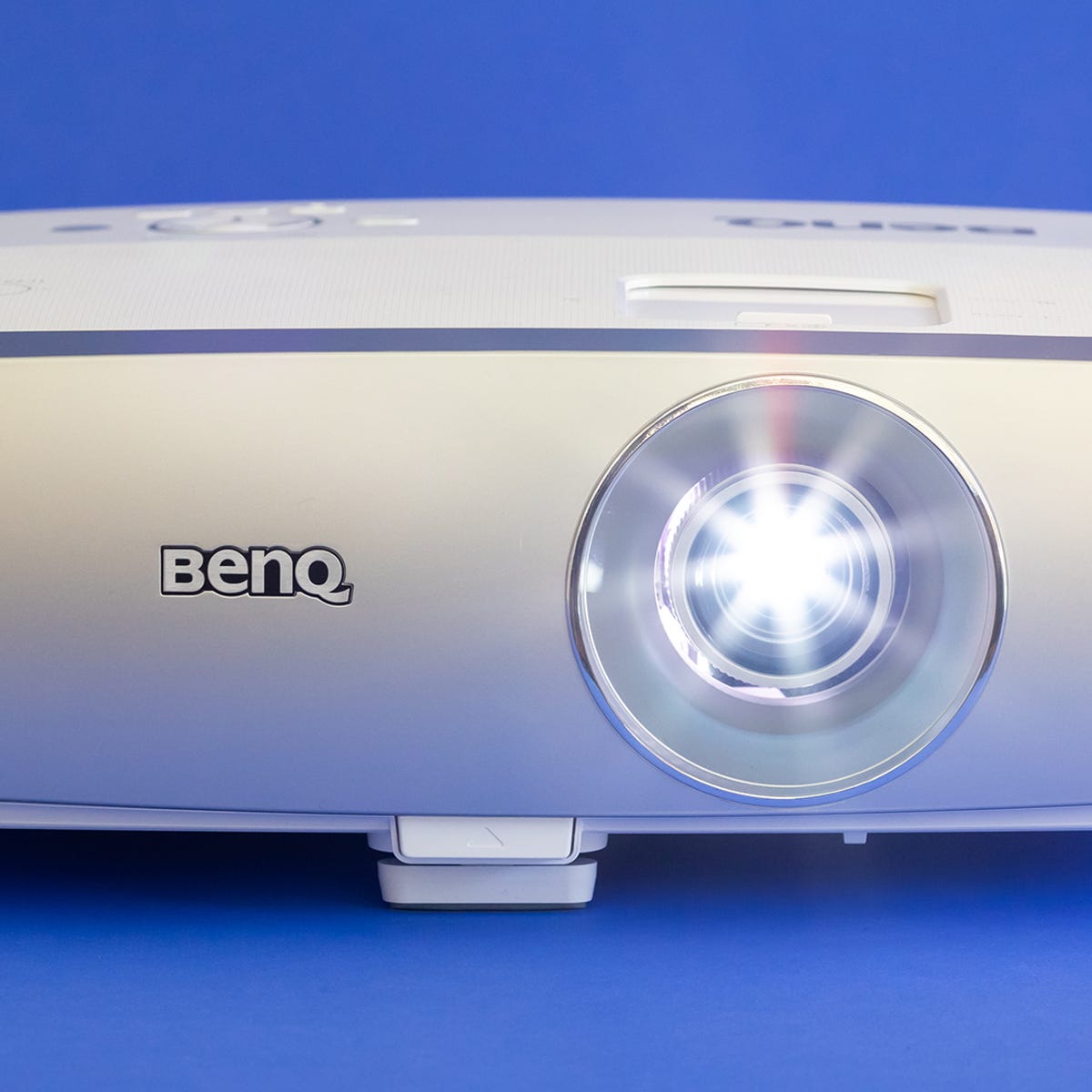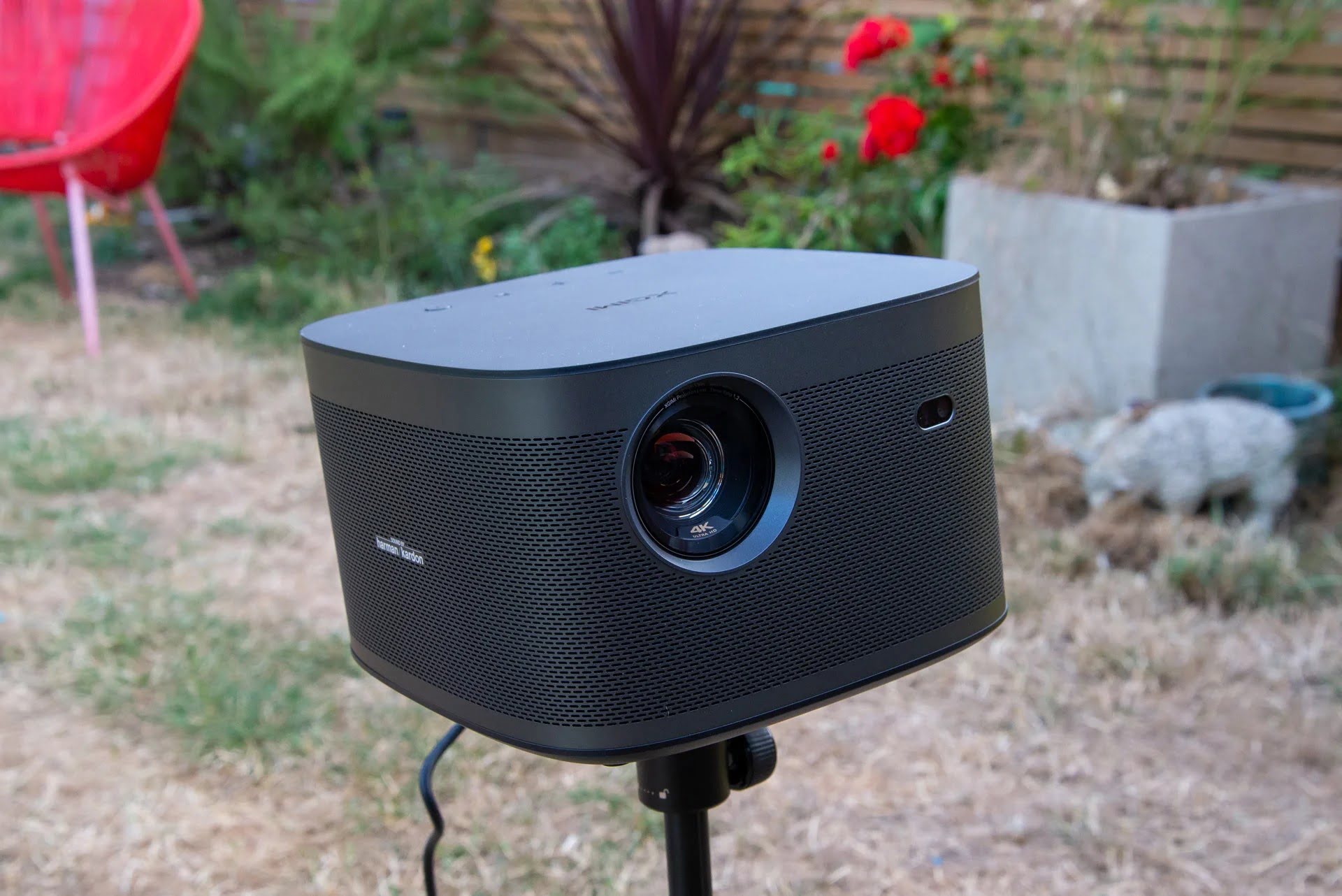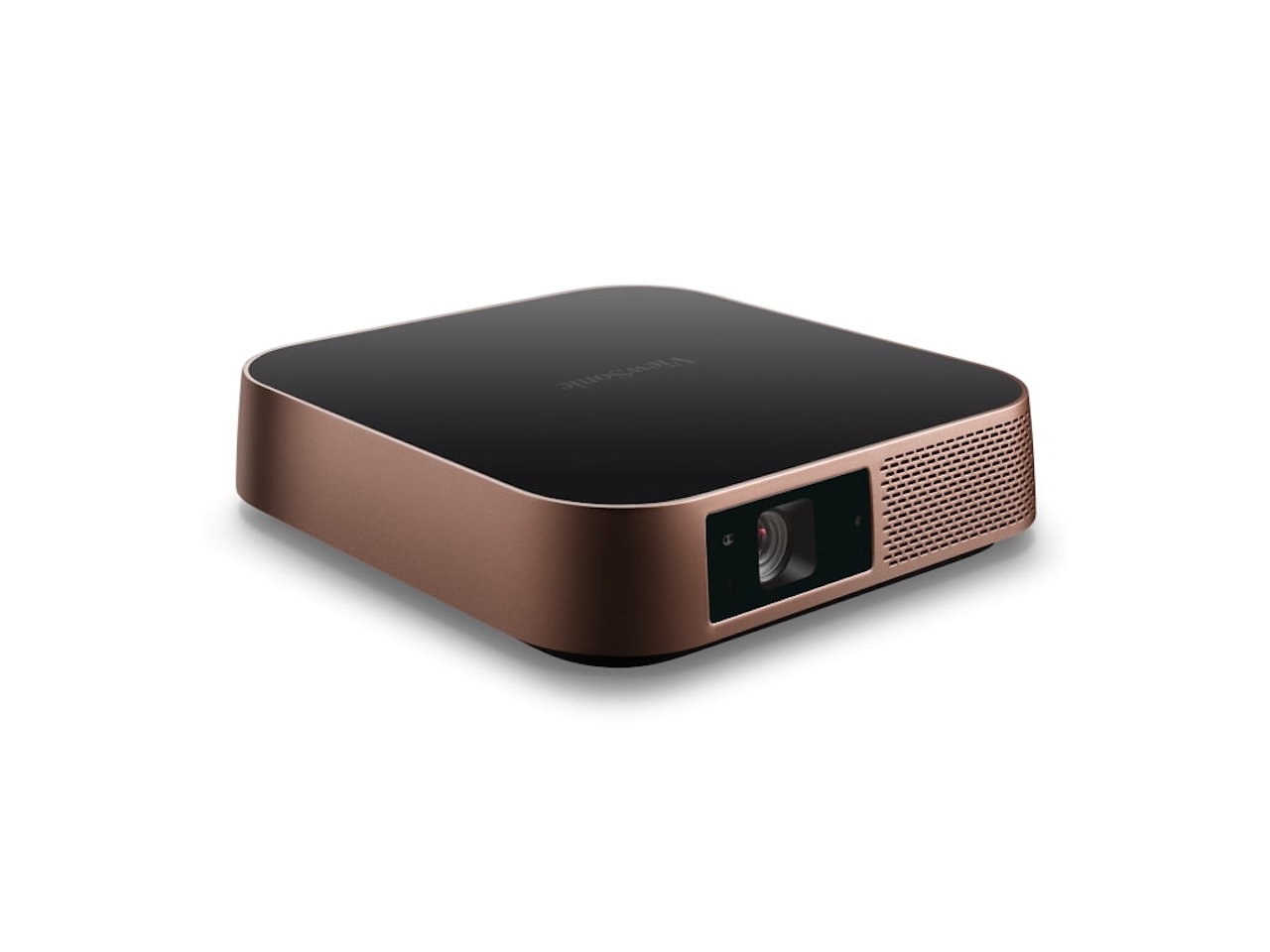Home>Technology>Home Entertainment Systems>What Is ANSI For Projector


Home Entertainment Systems
What Is ANSI For Projector
Modified: January 9, 2024
Discover the importance of ANSI for home entertainment systems and projectors. Learn how ANSI affects image quality and overall viewing experience.
(Many of the links in this article redirect to a specific reviewed product. Your purchase of these products through affiliate links helps to generate commission for Storables.com, at no extra cost. Learn more)
Introduction
Welcome to the world of home entertainment systems, where the magic of movies, sports, and gaming comes to life in the comfort of your own home. Central to this experience is the projector, a versatile device that can transform any blank wall into a captivating display. As technology continues to evolve, projectors have become increasingly sophisticated, offering higher resolutions, brighter images, and enhanced features. Amidst the array of specifications and technical jargon associated with projectors, one term stands out as a crucial factor in determining their performance: ANSI.
In the realm of projectors, ANSI (American National Standards Institute) is a pivotal metric that greatly influences the quality of the projected image. Understanding the significance of ANSI in the context of projectors is essential for making informed decisions when selecting a device that meets your specific needs. In this article, we will delve into the history of ANSI for projectors, demystify ANSI lumens, explore the importance of ANSI, and shed light on ANSI contrast ratio. By the end of this journey, you will have a comprehensive understanding of how ANSI contributes to the overall viewing experience offered by projectors. Let's embark on this enlightening exploration of ANSI for projectors.
Key Takeaways:
- ANSI is a crucial factor in projector performance, influencing brightness and image quality. It helps consumers make informed decisions and ensures accurate representation of projector specifications.
- Understanding ANSI lumens and contrast ratio empowers consumers to choose projectors that suit their specific needs and usage environments, enhancing their overall viewing experience.
Read more: What Is A Projector
History of ANSI for Projectors
The history of ANSI for projectors is intertwined with the evolution of display technologies and the quest for standardized metrics to assess their performance. The American National Standards Institute (ANSI) has been at the forefront of establishing industry standards for various products and technologies, including projectors. ANSI’s involvement in projector standards dates back to the early days of multimedia projection systems.
During the emergence of projectors for multimedia applications, there was a growing need to establish consistent and reliable methods for measuring and comparing the brightness and image quality of these devices. This led to the development of ANSI lumens as a standardized unit of measurement for projector brightness. The ANSI lumens rating provided a uniform benchmark for assessing the brightness output of projectors, allowing consumers to make informed decisions based on a reliable and consistent metric.
As the demand for projectors in both professional and consumer settings continued to grow, the role of ANSI in setting standards for projector performance became increasingly significant. Manufacturers and industry stakeholders recognized the importance of adhering to ANSI standards to ensure that projector specifications were accurately represented and comparable across different models and brands.
Over time, ANSI’s influence on projector standards expanded to encompass not only brightness measurements but also contrast ratio, another critical aspect of image quality. The establishment of ANSI contrast ratio as a standardized metric further enhanced the ability of consumers to evaluate and compare the image clarity and depth offered by different projectors.
Today, the history of ANSI for projectors reflects a legacy of commitment to standardization and quality assurance within the projection industry. The ongoing advancements in display technologies and the increasing demand for high-performance projectors continue to underscore the relevance of ANSI standards in guiding consumers and ensuring the accuracy and reliability of projector specifications.
Understanding ANSI Lumens
ANSI lumens, a term commonly encountered when exploring projector specifications, is a fundamental metric that plays a pivotal role in determining the brightness of a projector’s image. Understanding ANSI lumens is essential for assessing a projector’s suitability for various environments and applications.
ANSI lumens refer to the standardized measurement of luminous flux output by a projector, as defined by the American National Standards Institute (ANSI). This measurement provides an objective and consistent basis for comparing the brightness of different projectors, enabling consumers to make informed decisions based on a reliable benchmark.
When evaluating ANSI lumens, it is important to consider the intended usage environment for the projector. For example, a projector with a higher ANSI lumens rating is better suited for brightly lit rooms or larger screens, as it can deliver a brighter and more impactful image that remains visible amidst ambient light. On the other hand, a lower ANSI lumens rating may be sufficient for dimly lit environments or smaller screens, where excessive brightness can lead to eye strain and discomfort.
Furthermore, understanding ANSI lumens involves recognizing the relationship between brightness and distance. A projector with a higher ANSI lumens rating can maintain satisfactory brightness levels when projecting onto larger screens or when positioned farther away from the projection surface. This flexibility in placement and screen size makes higher ANSI lumens projectors versatile for a variety of settings.
It is important to note that while ANSI lumens provide a standardized measure of brightness, other factors such as color accuracy, contrast ratio, and ambient light conditions also influence the perceived image quality. Therefore, when assessing a projector’s performance based on ANSI lumens, it is beneficial to consider a holistic view of its capabilities and how they align with the specific requirements of the intended application.
In summary, understanding ANSI lumens empowers consumers to make informed decisions when selecting a projector that aligns with their brightness requirements and environmental considerations. By leveraging the standardized measurement provided by ANSI lumens, individuals can confidently choose a projector that delivers an optimal viewing experience in their desired setting.
When looking for a projector, check if it is ANSI certified. ANSI (American National Standards Institute) measures the brightness of a projector, so a higher ANSI lumens rating means a brighter image.
Importance of ANSI for Projectors
The significance of ANSI for projectors extends far beyond a mere technical specification; it directly impacts the viewing experience and the suitability of a projector for diverse applications. Understanding the importance of ANSI is crucial for consumers seeking to make informed decisions when investing in a projector.
First and foremost, ANSI serves as a standardized yardstick for evaluating and comparing the performance of different projectors. By providing a consistent and objective measurement of key factors such as brightness and contrast ratio, ANSI enables consumers to make meaningful comparisons between various projector models, regardless of the manufacturer or specific specifications.
Moreover, the importance of ANSI for projectors lies in its role in aligning the projector’s capabilities with the intended usage scenario. For example, in a corporate boardroom or educational setting where ambient lighting may be present, a projector with a higher ANSI lumens rating can ensure clear and visible presentations, enhancing communication and engagement. Conversely, in a home theater environment, ANSI contrast ratio becomes a critical consideration, as it directly impacts the depth and richness of the projected images, contributing to an immersive cinematic experience.
Furthermore, ANSI standards instill confidence in consumers by ensuring that the advertised specifications of projectors accurately reflect their performance. This transparency and reliability in product representations foster trust and enable consumers to make purchasing decisions with clarity and certainty.
Another aspect underscoring the importance of ANSI for projectors is its influence on the overall user experience. Projectors that adhere to ANSI standards for brightness and contrast ratio are more likely to deliver consistent and predictable performance, minimizing the potential for discrepancies between advertised specifications and real-world usage.
Ultimately, the importance of ANSI for projectors lies in its ability to empower consumers to make well-informed choices, tailored to their specific needs and usage scenarios. By leveraging ANSI as a guiding metric, individuals can confidently select projectors that align with their brightness, image clarity, and viewing environment requirements, thereby enhancing their overall satisfaction and enjoyment of the projected content.
ANSI Contrast Ratio
When exploring the realm of projectors, the concept of contrast ratio holds immense significance in determining the quality and visual impact of the projected images. Within this context, ANSI contrast ratio emerges as a crucial metric that directly influences the depth, clarity, and vibrancy of the projected visuals.
The ANSI contrast ratio represents the standardized measurement of the luminance difference between the brightest white and the darkest black that a projector can simultaneously display, as defined by the American National Standards Institute (ANSI). This metric serves as a key indicator of a projector’s ability to render nuanced shades, details, and shadow depths, thereby contributing to the overall richness and realism of the projected content.
Understanding the significance of ANSI contrast ratio involves recognizing its impact on the perceptual quality of projected images. A higher ANSI contrast ratio equates to a greater distinction between light and dark elements within the projected visuals, resulting in enhanced depth and visual impact. This becomes particularly pronounced in cinematic and multimedia applications, where the ability to faithfully reproduce subtle gradients and shadow details can significantly elevate the viewing experience.
Furthermore, the ANSI contrast ratio plays a pivotal role in defining the dynamic range of a projector, influencing its ability to faithfully represent both bright and dark elements within the same frame. This dynamic interplay between luminance extremes contributes to the overall realism and immersive quality of the projected visuals, making the ANSI contrast ratio a critical factor for home theaters, gaming setups, and professional presentation environments.
It is important to note that the ANSI contrast ratio, in conjunction with ANSI lumens and other image quality parameters, contributes to the holistic evaluation of a projector’s performance. By considering the ANSI contrast ratio alongside other specifications, consumers can gain a comprehensive understanding of a projector’s ability to deliver vibrant, detailed, and immersive visuals that align with their specific usage scenarios and expectations.
In summary, the ANSI contrast ratio serves as a cornerstone of image quality assessment for projectors, directly influencing the fidelity, depth, and visual impact of the projected content. By leveraging the standardized measurement provided by ANSI, consumers can confidently evaluate and select projectors that excel in rendering captivating and true-to-life visuals across a diverse range of applications.
Read more: What Is An LED Projector
Conclusion
As we conclude our exploration of ANSI for projectors, it becomes evident that ANSI standards play a pivotal role in shaping the performance, reliability, and user experience of these essential display devices. The journey through the history of ANSI for projectors has highlighted the enduring commitment to standardization and quality assurance within the projection industry, underscoring the significance of ANSI as a guiding metric for consumers.
Understanding ANSI lumens has empowered consumers to make informed decisions based on the brightness requirements of their intended usage scenarios, ensuring optimal visibility and impact. The importance of ANSI for projectors has transcended technical specifications, influencing the overall user experience and instilling confidence in the accuracy and reliability of projector representations.
Moreover, the exploration of ANSI contrast ratio has shed light on its pivotal role in defining the visual richness, depth, and dynamic range of projected images, emphasizing the immersive and realistic qualities that ANSI-compliant projectors can deliver.
As consumers navigate the diverse landscape of projectors, the presence of ANSI standards serves as a beacon of assurance, guiding them towards devices that align with their specific needs, preferences, and usage environments. By leveraging the standardized measurements provided by ANSI, individuals can confidently select projectors that excel in rendering captivating, vibrant, and true-to-life visuals across a diverse range of applications.
In essence, ANSI for projectors embodies a legacy of precision, reliability, and consumer empowerment, ensuring that the magic of movies, sports, gaming, and presentations can be faithfully and engagingly brought to life in homes, classrooms, boardrooms, and entertainment venues worldwide.
As technology continues to advance, the enduring relevance of ANSI standards will continue to underpin the evolution and innovation of projectors, reinforcing their role as indispensable conduits of visual storytelling, education, and communication.
With ANSI as a steadfast guide, the future of projector technology holds the promise of ever-enhanced brightness, contrast, and visual fidelity, enriching the lives and experiences of audiences around the globe.
Frequently Asked Questions about What Is ANSI For Projector
Was this page helpful?
At Storables.com, we guarantee accurate and reliable information. Our content, validated by Expert Board Contributors, is crafted following stringent Editorial Policies. We're committed to providing you with well-researched, expert-backed insights for all your informational needs.















0 thoughts on “What Is ANSI For Projector”